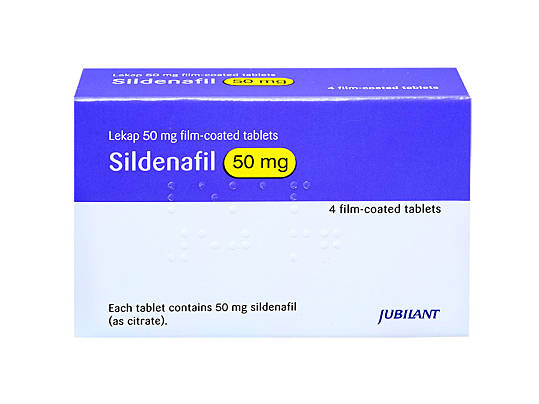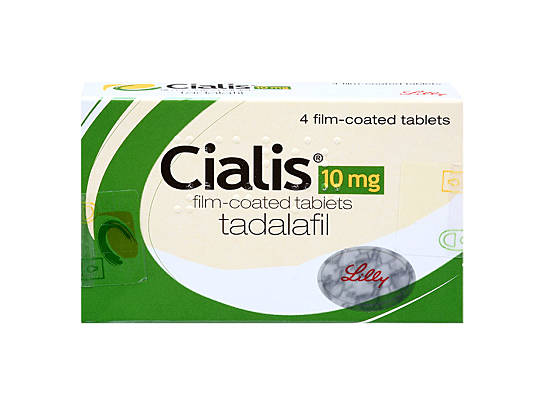Peyronie's Disease

Medically reviewed by
Dr Nicholas AntonakopoulosLast reviewed: 21 Mar 2022
What causes Peyronie's disease and how can it be treated?

Key takeaways
Peyronie’s disease is where scar tissue in the penis creates a curved shape which can cause erection problems
It can cause stress, anxiety, and sexual problems like erectile dysfunction
Peyronie’s disease doesn’t usually go away and treatment may be needed to improve the symptoms
Peyronie’s disease can be treated with sonic wave therapy or surgery
What is Peyronie’s disease?
Peyronie's disease is a condition which means that scar tissue develops inside the penis causing painful erections with a curved shape.
Curved erections are common, and if you are a man who experiences this, it doesn’t necessarily mean that you have Peyronie’s disease.
In Peyronie's disease, the penis bends significantly when erect, and is painful. The consequences of this are that the sufferer may not be able to have sexual intercourse or experience erectile dysfunction (problems with achieving or maintaining an erection). The disease can also cause anxiety and stress to sufferers.
Occasionally, Peyronie’s disease goes away without any need for treatment. However, most men will find that their condition either remains stable or gets worse. If the curve in the penis is stopping the sufferer from having sex normally, treatment may be needed. The cause of Peyronie’s disease is not known.

No results found.
Please check your spelling or try another treatment name.
What are the symptoms?
The symptoms of Peyronie's disease include:
- curving of the penis when erect
- a hard lump or area of thickness (called a plaque) in the shaft of the penis
- pain in the penis when it’s erect – the pain isn’t constant and is not normally felt when the penis is flaccid (soft).
The hard plaque (there is normally not more than one) in the penis makes it less flexible. Sexual difficulties may result, as sufferers of Peyronie’s disease may find that the scarring in the penis makes it difficult to get or keep an erection.
What are the causes of Peyronie’s disease?
Although the causes of Peyronie’s disease are not fully understood, it is believed that there may be several factors involved.
Peyronie’s disease is thought to occur due to repeated injury or trauma to the penis, through sport, from an accident or damage sustained during sex. When the penis heals from the injury, scar tissue is formed, which forms a hard or thickened area which may cause a curve in the penis to develop.
An erection is caused by physiological changes that happen when a man becomes sexually aroused. The tiny blood vessels in the spongy tissues at the sides of the penis fill with blood flowing into the penis, the elastic membrane around the spongy tissue stretches and the penis straightens and becomes erect. The effect of Peyronie’s disease means that the hard scar tissue in the penis membrane is inflexible and can’t stretch, so the penis ends up bending and causing pain to the sufferer.
In some cases, Peyronie’s disease appears to develop gradually, and not as the result of a trauma or injury. It is thought that Peyronie's disease could perhaps be inherited, or certain health conditions may be linked to it. Research is currently ongoing.
What treatments are there?
In most cases, Peyronie's disease doesn’t require surgical treatment. Treatment depends on how much pain and discomfort you’re experiencing and how Peyronie’s disease affects your sex life.
If you’re still able to have sex despite the curvature of your penis, your doctor may advise you not to undergo any treatment. Sometimes the condition can improve on its own, so you may be advised to “wait and see”.
If you find that successful sexual intercourse is difficult because of the bend in your penis (usually more than 45 degrees, or if it bends to the side), your doctor may recommend that you undergo a treatment called Extracorporeal Shockwave Therapy (ESWT). This treats the symptoms of Peyronie’s disease but is not a cure.
ESWT uses low-frequency sound waves to create vibrations applied to the exterior of the penis using a special device. An ultrasound scanner is used to locate the scar tissue (plaque) in the penis. Then the ESWT device generates short bursts of sound called ‘sonic pulses’ over the area. Men who have had the treatment say that it isn’t painful and feels like an elastic band flicking the skin of the penis. The treatment lasts around 20 minutes.
Some studies have been conducted into how well ESWT works. One showed that half of the patients receiving the treatment experienced a 30% decrease in curvature of the penis. Other studies found that the treatment helped to reduce pain in the penis caused by Peyronie’s disease.
Surgical techniques for the treatment of Peyronie’s disease include:
- plication procedures (also known as Nesbit’s procedure) involve shortening the penis on the opposite side of the bend, to straighten it out. This is done by inserting some stitches under the skin on the opposite side of the scar tissue.
- grafting of the scarred area.
As with all surgery, these techniques can result in complications. The most common side effects of the above techniques are erectile dysfunction (ED), shortening of the penis, or changes insensitivity.
Patients with Peyronie’s disease who already suffer from ED may be treated with a penile implant. These implants straighten the penis and also treat the ED.
Patients undergoing any surgical treatment for Peyronie’s disease are advised to avoid having sex for at least 6 weeks after surgery to allow it to heal.
In addition to surgical treatments, a new drug called Xiaflex has undergone trials to treat Peyronie's disease. It is currently approved in the US to treat Peyronie’s disease, although it is currently unlicensed in Ireland.

Dr Nicholas Antonakopoulos graduated from the University of London in 2006. He did his postgraduate training in hospitals in the London area, and he trained for four years in Trauma and Orthopaedic Surgery before completing his training in General practice in 2015.
Meet our doctorsLast reviewed: 21 Mar 2022








